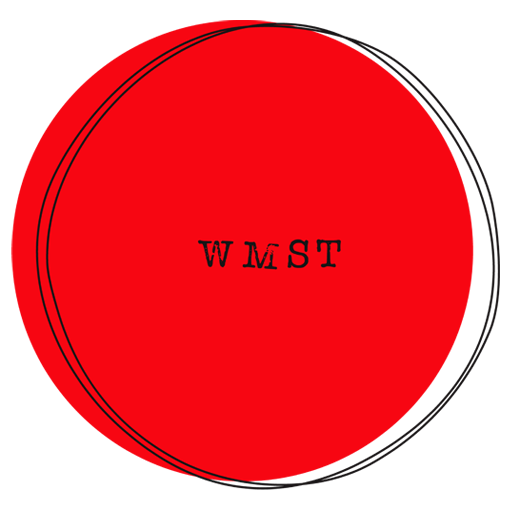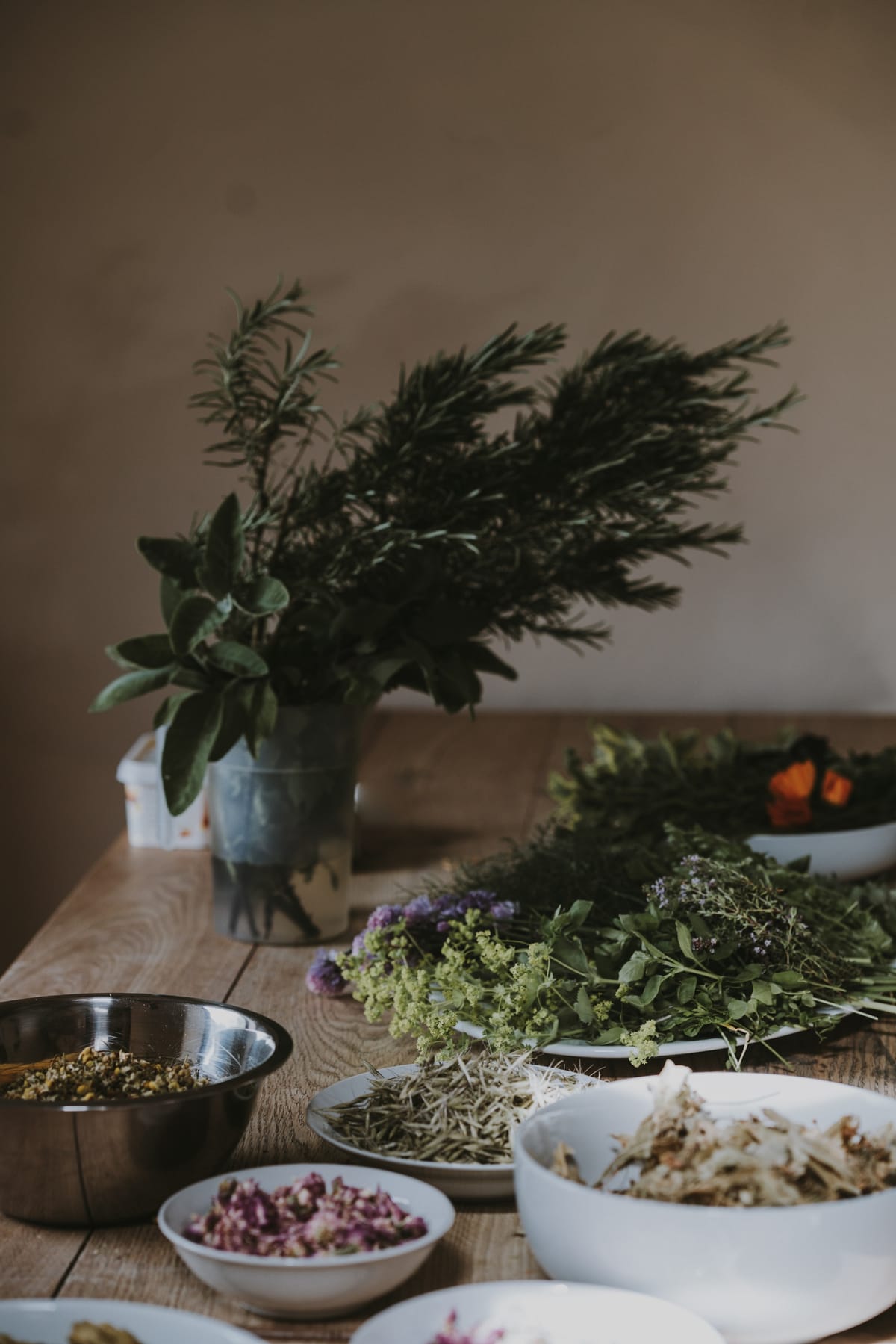Sistacircle: Every Tuesday At 1PM EST/10AM PST
What Is Alternative Medicine?
Alternative medicine, commonly referred to as complementary and alternative medicine (CAM), refers to practices used to enhance health or healing outside of conventional medicine (The Centre for Addiction and Mental Health).
While men have dominated conventional medicine, women compose the majority of users and practitioners of alternative medicine (Flesch, 2010).
There is plenty of folklore on medicine women and female healers. Let us ponder what images arise when we think of women practicing alternative medicine, or in other words, healing themselves and others through the use of non-conventional natural practices.
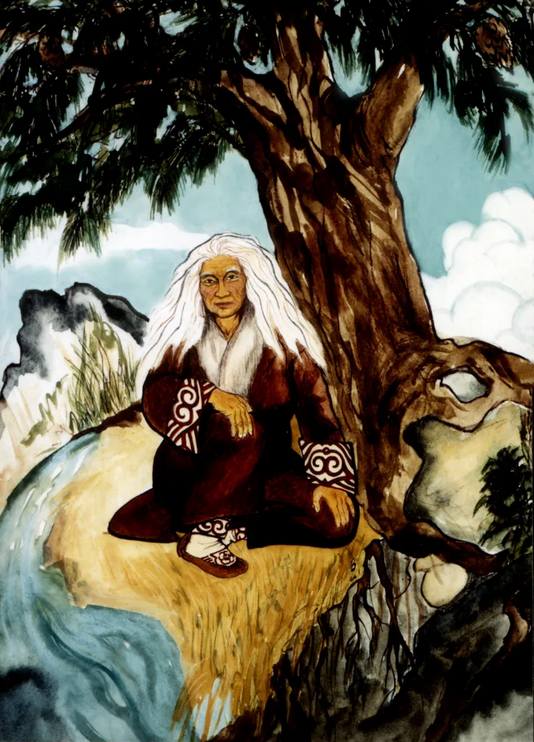
Indigenous Women Of Canada
For Indigenous women in Canada and elsewhere in the world using medicinal herbs to treat illness and cure disease is a way of life (Turner, 2019).
"When Europeans and other newcomers arrived in Canada, they quickly learned about and adopted many of the plant medicines used by Indigenous peoples. One famous example is how French explorer Jacques Cartier and his crew, suffering from scurvy when they were overwintering at Stadacona (now Quebec City) in 1536, were saved by local Haudenosaunee. The Haudenosaunee brought them a coniferous tree (which Cartier named “tree of life”) and told them how to prepare it as a medicine. In turn, Indigenous peoples in Canada learned to use medicines from Europe and other parts of the world, such as the latex of the common dandelion (Taraxacum officinale) to remove warts, or the fragrant pineappleweed (Matricaria discoidea) to make a medicinal tea" (Turner, 2019).
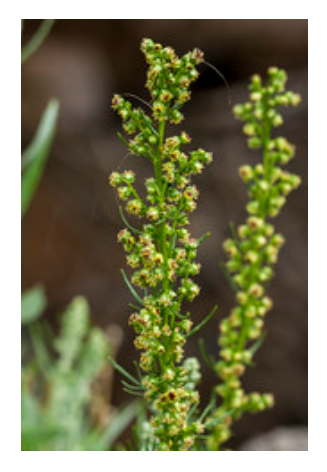
Disclaimer
At Women's Studies Online we strive to raise feminist consciousness by centering women's knowledge and herstories. By exploring alternative medicine we are in no way treating, diagnosing or prescribing treatments for health conditions. We encourage WMST members to seek medical advice from qualified healthcare practitioners.
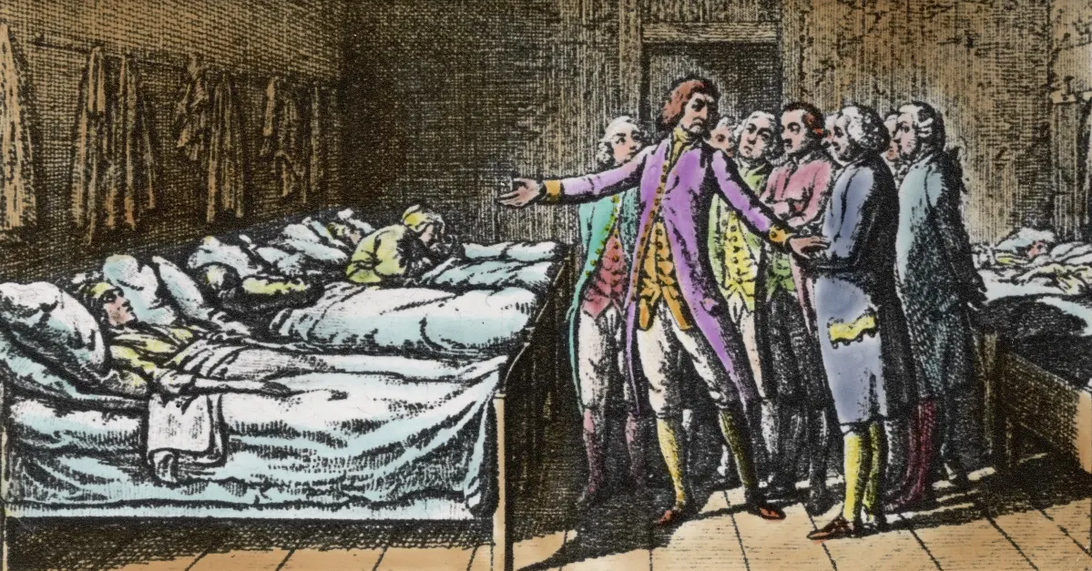
Some Questions To Consider
What is your personal experience of alternative medicine?
Why do you think most alternative medicine practitioners and users are women?
Can you speak to the limitations of alternative medicine when it comes to heath care?
